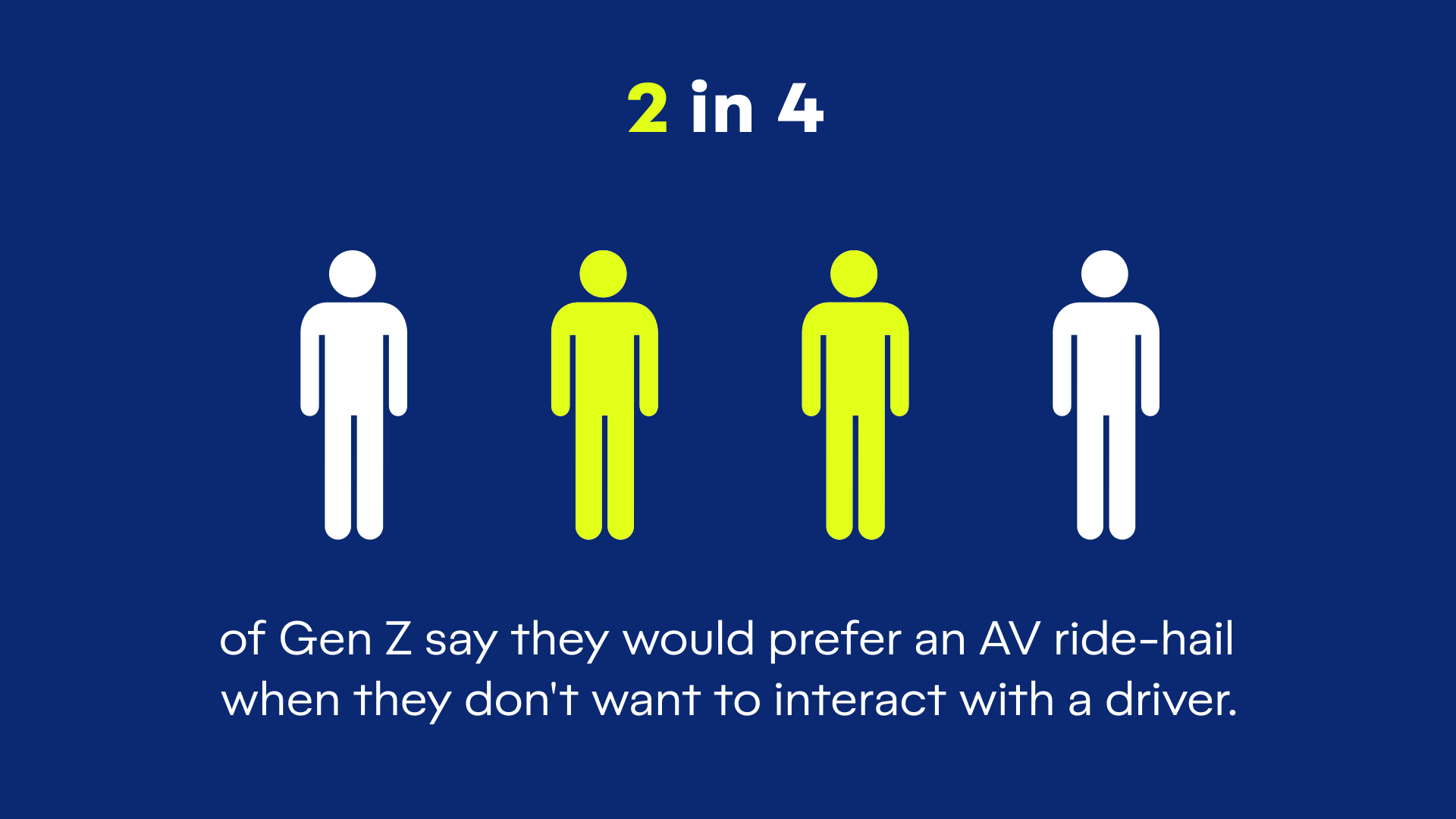Motional Releases Fourth Annual Consumer Mobility Report, Looking at the Road to Autonomous Vehicle Adoption, Headwinds, and More
Motional today released its fourth annual Consumer Mobility Report, based on a survey of over 1,000 consumers in the U.S. The report takes a deep dive into the public perception and understanding of autonomous vehicle (AV) technology, including the headwinds AV companies face from the public, generational perceptions, and factors driving adoption.
“While more Americans are aware of autonomous vehicles than ever before, companies like Motional must continue smoothing the road to mass commercialization by understanding consumer concerns, increasing consumer education, and meeting their true mobility needs,” said Akshay Jaising, Motional’s Vice President of Commercialization. “These reports consistently show that once consumers experience driverless technology first-hand, understand how AVs work, and think about how their lives can be improved through usage, they have fewer concerns and greater interest.”
The report looked at several key themes:
Overcoming Headwinds
While safety is still a big concern amongst Americans, education and access seem to be the biggest hurdles standing in the way of driverless technology, with younger generations leading the charge on potential adoption.
- Over half (55%) of respondents had little or no understanding of what AVs actually are or how they work. For Baby Boomers, that number grows to nearly 70%.
- Younger generations seem to be less concerned about the vehicles hitting the road – 39% of Gen Z and 32% of Millennials stated they’re only slightly concerned or not at all.
- For nearly three quarters (74%) of respondents, safety is the biggest concern for AVs hitting the road, followed by the vehicle's reaction time to unexpected occurrences on the road (50%), and the possibility of the vehicle making a mistake (44%).
Once Americans are able to experience the technology first-hand, safety concerns and other misconceptions start to fade:
- Those who have ridden in an AV at least once are far less likely to be concerned about safety (40%) than those who haven’t ridden (60%), showing education and exposure will be pivotal to adoption.
The Road to Adoption
Despite the assumption that many are looking to AVs to be the “next big thing” in technology, findings show that the potential first adopters are actually looking for more pragmatic use-cases in their every-day lives.
- Over half (54%) of Gen Z said the biggest motivator to call a robotaxi over a human-driven ride-hail vehicle is if it meant they didn’t have to tip.
- Looking at other autonomous applications, respondents were most looking forward to using autonomous delivery vehicles, especially Millennials (39%).
- Respondents said they would choose a driverless robotaxi over a human-driven ride-hail for everyday tasks such as going to the airport (28%), running errands (25%), traveling at night (20%), and commuting (19%).
Consumer Trust of Long-Term AV Reality
Overall Americans are bullish about the long-term benefits of AVs:
- When asked which will have the most positive impact on society, many (33%) said AI-powered functions (like ChaptGPT), followed by AVs (17%), 3D printing (15%), space travel (12%), IoT (10%), augmented reality (9%), and blockchain technology (5%).
Driverless Vehicles in Cities Today
Despite deployments of AVs in U.S. cities such as Las Vegas, San Francisco, and Los Angeles, survey findings showed that local residents, in California and Nevada, seem unaware that AVs are available in their state.
- Nearly three quarters (74%) of residents stated they didn’t know they had access to autonomous vehicle technology.
- Gen Z and Millennials are most likely to lead adoption, with over half (51%) of Gen Z and 46% of Millennials saying they are likely to test out an AV knowing it’s available in their state.
Learn more about the findings in Motional’s 2023 Mobility Report white paper.
The report is based on independent research conducted by a third party for Motional that evaluates consumers’ perception of autonomous vehicles and mobility options. The results consist of 1,000 total responses from general consumers in the United States who took an online survey fielded in July 2023.

